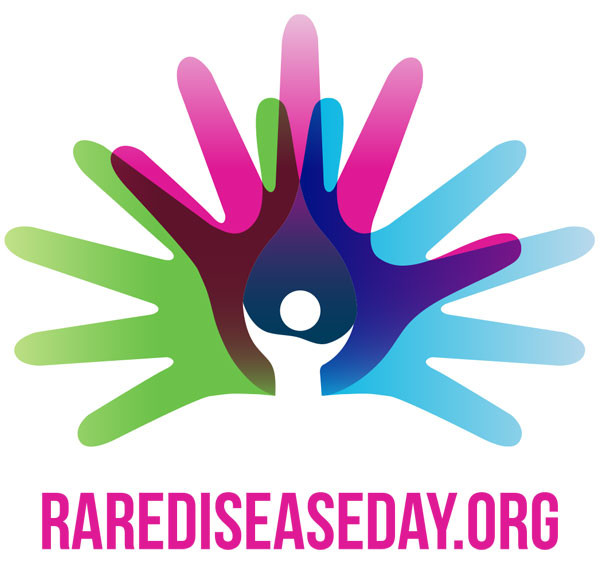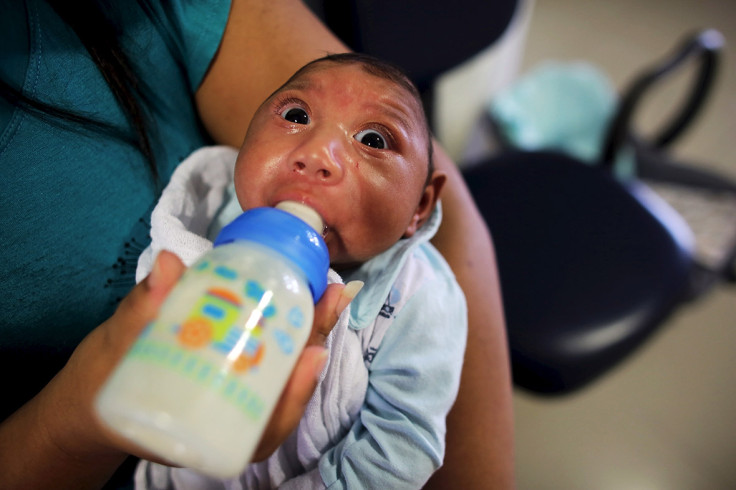Rare Disease Day 2016: 10 of the rarest conditions in the world

Rare Disease Day 2016 will be held on Monday 29 February. Always falling on the final day of February, the event aims to raise awareness of some of the rarest diseases across the globe, and also those that care for them.
This will be the eighth annual Rare Disease Day, and since its first beginnings in 2008, it has grown in momentum. What started as a European incentive to raise awareness, has since become a global event and over 80 countries take part.
Here, IBTimes UK looks at 10 of the rarest diseases known.
Microcephaly
Heavily linked to the Zika virus, microcephaly is a birth defect which causes the heads of children to be much smaller than it should be. It is a neurodevelopmental disorder, resulting in the brain not developing correctly in the womb.
The condition affects roughly one in every 25,000 children. However, the Zika virus has been spreading across South America – in particular, Brazil – and scientists believe there may be a link between the virus and the disease. Although this has not been confirmed, the number of cases of microcephaly in Brazil has reached more than 4,000 since October 2015.
Dercum's disease
Dercum's disease causes painful fatty lumps of tissue to grow on the body. These are usually found at the top of the arms and legs, and grow just beneath the skin. The growths can press on nearby nerves, causing severe pain.
Affecting roughly one in every 292,000 people globally, there is no specific treatment for this condition. All that doctors can do is focus on alleviating the symptoms, which include depression, weight gain and of course, the large fatty growths.
Neuromyelitis optica

Also known as Devic's disease, neuromyelitis optica is a neurological condition, which in turn affects the optical nerves and spinal cord. Common symptoms include reduced eyesight, and sharp, shooting pains throughout all of the nerves in the body. Muscles can also become much weaker, making moving freely incredibly difficult.
One in 100,000 will develop this condition throughout Europe, with less than 1,000 sufferers in total living in the UK.
Alstrom Syndrome
Genetic mutations to the ALMS1 gene causes Alstrom Syndrome; one of the rarest genetic disorders in the world, with less than 1,000 cases globally.
Symptoms of the condition include obesity, a sensitivity to light, and the onset of Type 2 diabetes. Sixty per cent of cases result in heart failure – usually just weeks after birth, but it can occur up until the late 'teens. Life expectancy is usually reduced in people with Alstrom Syndrome, as liver and kidney failure tend to occur by 50 years old.
Fibrodysplasia ossificans progressive
Otherwise known as Stone Man Syndrome. Fibrodysplasia ossificans progressive is a condition of the connective tissue, and it causes fibrous tissue – including muscles, tendons and ligaments – to spontaneously harden. This is due to a mutation in the body's repair mechanism.
One in every two million people are affected by the disease which is no known cure. Surgeons have attempted to remove the solidified bones, but the body just attempts to repair the damaged tissue with more bone.
Cyclic vomiting syndrome
CVS is a rare vomiting disorder which causes the sufferer to vomit for hours, or even days consecutively. These outbursts usually occur at least once every month, and the condition tends to affect children more than adults.
There is no known cause of the constant vomiting but scientists believe there may be a link to migraines, as treatment for these headaches seem to help with the vomiting condition. Approximately one in every 33,000 children suffer from CVS.
Harlequin-type ichthyosis
This genetic condition causes a layer of the skin – known as the dermis – to be ten times thicker than normal, and grow incredibly quickly. From birth, the baby's body is covered in white platelets with deep cracks. These can become easily infected.
Patients may experience facial deformities – including everted eyelids and under-developed noses – and they can become particular sensitive to temperature changes as their skin prevents heat loss.
The exact number of people that have harlequin-type ichthyosis is unknown, but scientists do know that a mutation in the ABCA12 gene is the cause.
Progressive multifocal leukoencephalopathy

A rare viral disease, this condition causes inflammation in certain parts of the brain. The JC virus is the virus responsible, and the subsequent inflammation generates a mortality rate of up to 50%.
Patients with an immune deficiency are at the highest risk of obtaining the disease, although it is still very rare. Roughly one in every 200,000 people are confirmed to have the condition.
As it stands, there is no cure for the actual virus infection, so all treatments aim to improve the immune system as a means to slow down the disease.
Hutchinson-Gilford progeria syndrome
One in four million people are born with this condition which appears to cause aging much earlier than expected. The disease begins as a single mutation in the LMNA gene, and symptoms include wrinkled skin, kidney failure, blindness, brittle bones and a hardening of the skin.
People living with Hutchinson-Gilford progeria syndrome tend to only live to their early twenties.
No treatment has been found effective at this point in time. Doctors have tried growth hormone therapy to reverse the condition, which has shown signs of progress, but nothing conclusive.
Landau Kleffner syndrome
LKS is a form of epilepsy which affects children's ability to use language. Sufferers experience abnormal electrical brain activity – particularly while asleep – and most people will have seizures. The condition is characterised by a difficulty in behaviour and social interaction in children.
The cause of the disease is unknown, but it affects around one in every 150,000 people from birth.
A form of treatment is available for this syndrome, which uses medication to try and get the brain activity back on track. If that does not work, children can be suggested for surgery.
© Copyright IBTimes 2024. All rights reserved.























